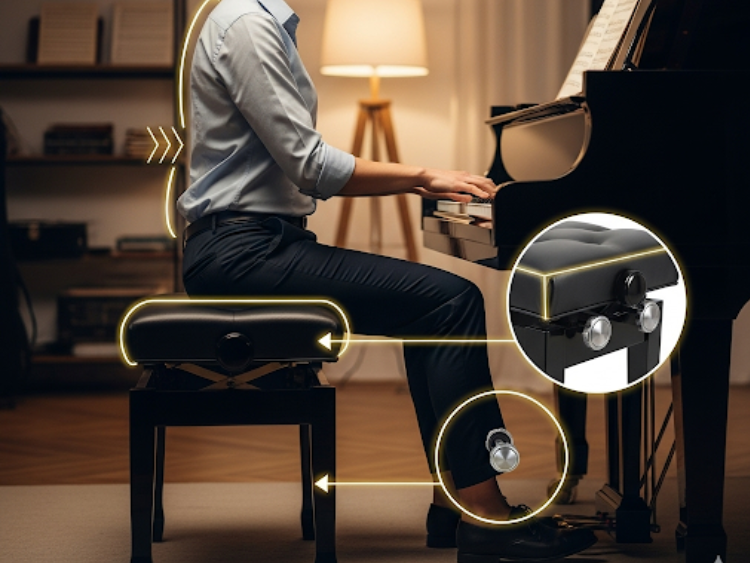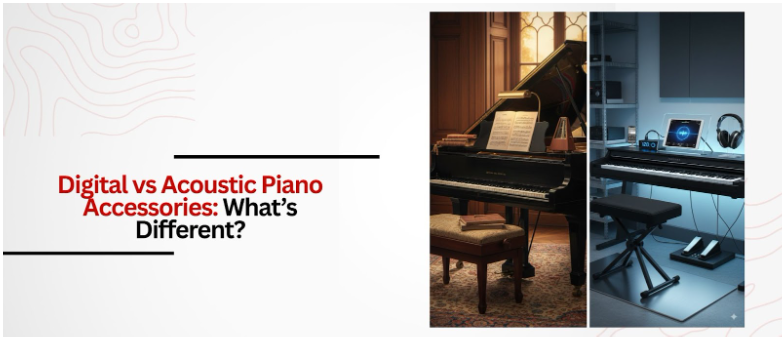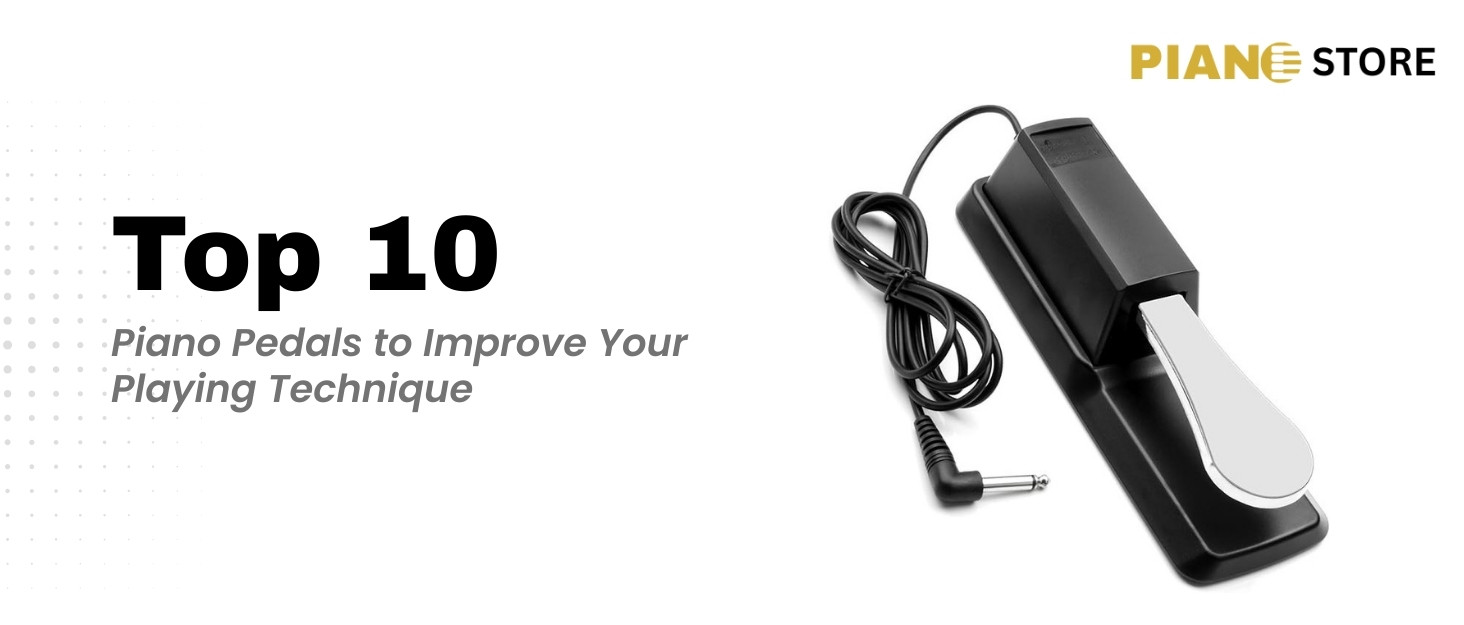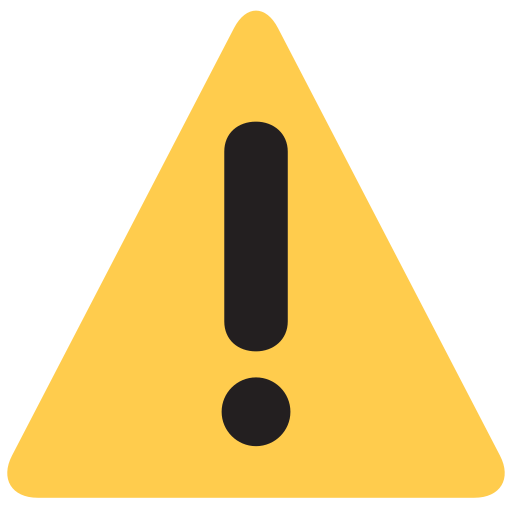Must-Have Tools for Piano Tuning and Regulation
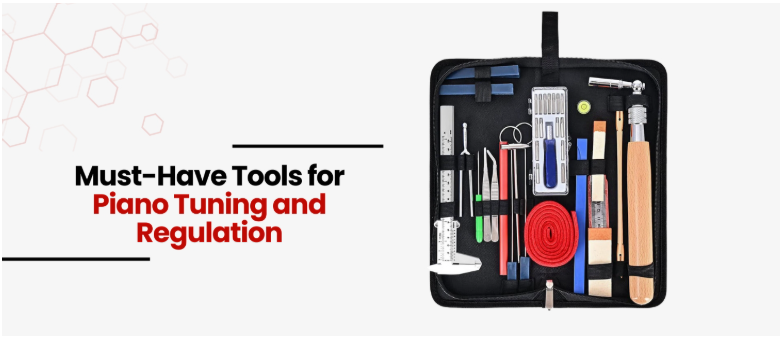
Ever imagined how many instruments go slightly out of tune daily due to humidity shifts or seasonal changes? According to Wikipedia, many piano manufacturers recommend tuning a new instrument four times in the first year, followed by twice-yearly maintenance—highlighting the essential role of professional tools and technique. Meanwhile, Liberty Park Music points out that even minor environmental changes—like fluctuations in temperature and humidity—can destabilize a piano’s tuning within days, reinforcing the need for precision with the piano tuning tools used as per Liberty Park Music.
This guide delves into the essential items found in a reliable DIY piano tuning kit, providing clarity on each tool’s purpose, necessary usage, and best practices for maintaining your instrument’s pitch and action over time.
Fundamental Tools for Accurate Tuning
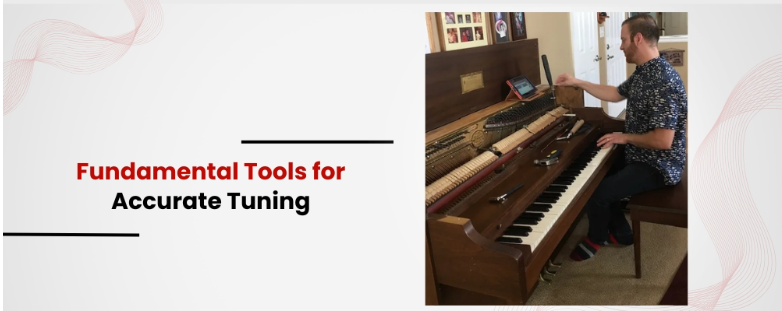
Tuning Hammer (Lever)
A correctly weighted tuning hammer enables controlled adjustment of tuning pins. As described in the Piano Maintenance Wikipedia article, this tool is essential for applying precision torque—ensuring pitch stability without damaging the pins or surrounding wood.
Tuning Mutes
Rubber or felt mutes isolate unison strings, allowing each pitch to be tuned independently. These simple tools prevent interference between closely spaced strings and support cleaner tuning transitions.
Electronic or Aural Tuning Devices
Modern tuners—especially strobes—offer highly accurate pitch detection using visual feedback. As detailed on Wikipedia, these instruments facilitate precision that can complement or substitute trained aural technique for accurate tuning in equal temperament.
Tools for Regulation—Adjusting Action and Responsiveness
Regulation Screwdrivers and Shims
A set of precise screwdrivers and small wooden shims is used for making delicate adjustments—called regulation—to the piano’s action. These tools help set let-off, key dip, and hammer alignment, as outlined in the Piano Maintenance Wikipedia article.
Humidifiers and Hygrometers
Maintaining proper humidity (ideally between 30% to 50%) helps prevent the piano’s wood and felt components from warping or failing, ensuring consistent tuning stability and action responsiveness, as advised by Wikipedia.
Additional Accessories That Elevate Precision
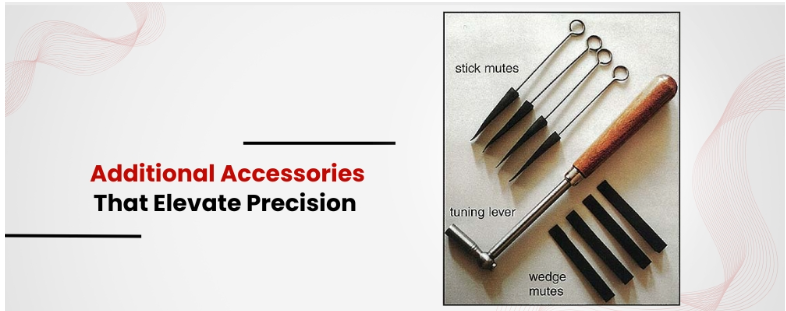
Temperament Strip or Octave Block
These lay across the tuned temperament octave—typically the middle range—allowing the tuner to leave it untouched while tuning the rest of the instrument, improving accuracy and efficiency.
Environmental Monitoring Tools
Digital hygrometers and room temperature sensors are critical for understanding and managing the piano’s environment to prevent frequent detuning or action irregularities.
Conclusion
A professional-sounding, well-responsive piano relies as much on the right set of piano tuning tools and accessories as it does on the technician’s skill. Whether tuning by ear or with electronic aids, a thoughtfully assembled DIY piano tuning kit makes a significant difference in both accuracy and instrument longevity. Protecting your piano with tools for tuning, regulation, and environmental maintenance not only enhances sound fidelity but prevents costly repairs down the line.
If peace of mind, tonal precision, and lasting stability matter to you, reputable piano tool kits and accessories are available from numerous trusted retailers online and in music stores—designed to elevate both home practice and professional servicing.
